Swirling, Twirling, Poetic & Rhythmic Abstraction: The Paintings of Jill Krutick at the Coral Springs Museum of Art
Apr 18, 2019
One of the most valuable aspects of a curated museum exhibition is the accurate and logical perspective a visitor can gain from observing both the artwork on display and its comparison to similar categories and painterly styles in art. In fact, from an educational point of view, the old saying “the more you look the more you learn” certainly remains appropriate, particularly in the world of art. If you want to eventually secure your own opinion about contemporary art and receive an art appreciation education on your own, it is necessary to be an assertive private investigator of sorts, making evaluations, judgments and finally an informed analysis of overall quality and originality. Scholarly essays most often generate the most truthful and intellectual outlook with analytical reporting and assessments from art history that seem appropriate. The most satisfying reviews of an exhibition need to offer the reader a clear stance on what the artwork is all about, a detailed description of mark-making and the evolution of the artist’s technique and a factfinding report on how their work fits into the historical timeline and how it compares with similar art forms. Because of the concentrated grouping of works in a museum show, it is by far more educational and valuable (and private) to evaluate paintings there with a common denominator of methods and attributes than to sift through an entire art fair for hours, discovering hundreds of artists in a variety of mediums both new and old.
The current exhibition by Jill Krutick at the Coral Springs Museum of Art not only is a glorious show to visit in South Florida, but it affords a visitor with a close-up and personal display of an individual’s superb practices and recognizable style. Through this magical display we can perceive a lot about how creative pioneers set the developmental stage for other talents to follow. It’s been said that America has two distinctive forms of culture that we can call entirely our own. Abstract expressionism and American jazz (abstracted music), which were permanently, completely and uniquely stamped “Made in the USA!” These still retain the value of inventiveness and a revolutionary spirit but with a fresher approach and the thrill of something new to ponder. By the excellent reception Krutick has received to date and the sheer natural abstract beauty of her large-scale non-narrative “action” canvases, history not only is on her side, encouraging and persuasive, but she actually has added another exciting, singular chapter and dimension to important advances in contemporary abstract expressionist-infused color field painting. This certainly is a valuable opportunity for anyone who wants to learn more about competent professional picture-making on a grand and provocative measure.
One of the most anticipated museum exhibitions of the season in South Florida, a dazzling display of works by the New York and Miami based artist Jill Krutick, recently opened at the Coral Springs Museum of Art.
Within the impressive grand space of the museum’s main gallery, Krutick has put together an engaging and provocative show that demonstrates a professional commitment to exploring post-abstract expressionist theory. Large-scale canvases confront the viewer with a recognizable common denominator of an energetic visual spirit often punctuated with twisting swirls of paint accented with delightful shades of pastel colored backgrounds, some of which are supported with a foundation of molding paste, gloss and enamel that is gradually built up, resulting in brilliant spatial illusions and a composition that is free-flowing and pleasing to the eye.
Jill Krutick enthusiastically has traveled this eminent and original expressionist avenue through a keen perspective on art through the past and a devotion to securing her own distinctive voice that is evident in this compelling exhibition. Krutick certainly has assimilated a variety of standard elements important to the abstract expressionist/color field movement characterized by her signature gestural brushstrokes and spirited mark-making with a confident measure of necessary intellectual ingenuity and spontaneity. She has managed through vigorous investigation and diligent studio work to formulate her own identifiable take on the on the recognized components of abstract expressionism.
Krutick became interested in art at an early age, and like Hans Hofmann, she also studied piano, which seems to have implanted a subtle subconscious ambulatory rhythm in many of her works. A good example of the inherent illusionistic movement in her paintings is Moonstone, a rich impasto on canvas in which homemade textured surfaces contribute to an easy breezy composition of delightful repeat swirls and tunnel-like circular shapes. These disparate gestures could almost serve as a meteorologist’s aerial map of the Atlantic, forecasting the chance of a brewing high pressure system that could develop into a powerful storm of rich blues built on a foundation of white-capped waves and circular currents. Krutick reiterates this painterly mystical ocean voyage in an appropriately titled work called The Journey, which is a carefully crafted configuration of ribbon like-forms that are spiraling in a condensed perimeter as if looking for an opportunity to escape. The Journey is starkly spare in textured shades of azure, making it a task artistically but also a particularly powerful piece despite its lack of colors.
Krutick says that “Painting is a highly emotive form of self-expression, providing an outlet to embrace my spirit, untangle my thoughts, and connect with others. Upon finding the balance of shape, movement, light and hue, I unlock new discoveries about the world around me; fresh insights about myself; and embrace viewers willing to embark on a journey of self-reflection and critical thinking.” She continues to describe her methods: “I select a few colors and a base texture, then use a layering technique to reveal the topography of the piece. By this process, I capture the movement by blending and building color in order to create depth or subtle touches on the surface. I am spontaneous when I paint; the element of chance stimulates my creativity and allows me to interpret my world through a tactile experience.”
Judging by this ambitious show, Jill Krutick has mastered the essence of lyrical abstraction when it comes to evaluating the difference between a moderately acceptable picture and a truly engaging and exciting composition that’s full of rhythm and blues. Of course, not all paintings take on the tints of the ocean and many of these new works seem to take a cue from the earth’s surface with deep color combinations with tones of gold, tan, ochre and burnt umber, all accented with a purely harmonic blend of natural organic hues. In a work titled Rainbow Fish, Krutick demonstrates her ability to merge standard elements of land, sea and air in an uplifting festival with a literal rainbow that delightfully spans the color wheel spectrum in all its glory. In two particularly vibrant works titled Phoenix and Dance of the Caterpillars, she has employed a similar palette (if not the same mixing board) to produce a bountiful harvest of floating forms and interconnecting lines that could be attached to some rare plant life from another world. Although most of the works have no narrative components, both of these suggest a covert title. In The Journey, one might perceive the frozen aftermath of an Olympic skater’s icy track, swirling in a curvy poetic motion that stays visually quite comfortably within the parameters of the skating rink. For Krutick, an obviously talented and serious artist, painting is a conscientious occupation showing indelible signs of significant pictorial achievement that also is built on the intriguing history of women artists who took on the bold quest to make innovative paintings on an unequal playing field while celebrating their independence and permanently engraving their own personality and signature style for all of us to interpret and enjoy. Jill Krutick clearly has become a member of this exclusive club.
The exhibition at the Coral Springs Museum of Art (2855 Coral Springs Drive, Coral Springs, FL 33065, T. 954 340 5000) continues through May 18, 2019. For more information: https://coralspringsmuseum.org/3326-2/. About the artist: https://www.jillkrutickfineart.com/
Author

Bruce Helander
Bruce Helander is a former White House Fellow of the National Endowment for the Arts and is the former Editor-in-Chief of The Art Economist magazine. His columns on art, values, and investing in art appear regularly in The Huffington Post.

:sharpen(level=0):output(format=jpeg)/wp-content/uploads/2019/04/Swirling-Twirling-Poetic-Rhythmic-Abstraction-The-Paintings-of-Jill-Krutick-at-the-Coral-Springs-Museum-of-Art-4.jpg)
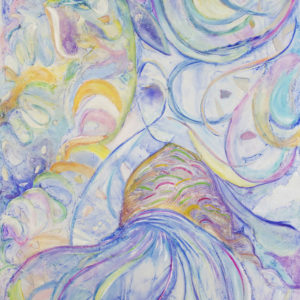
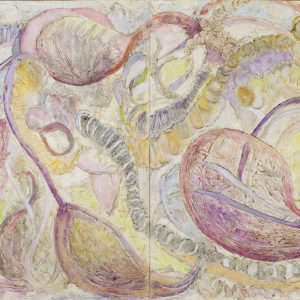
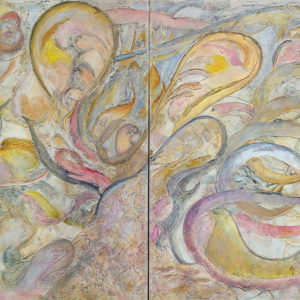
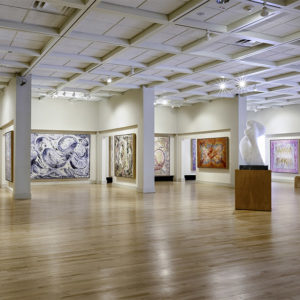
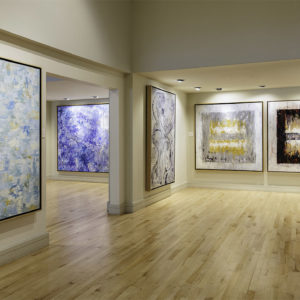
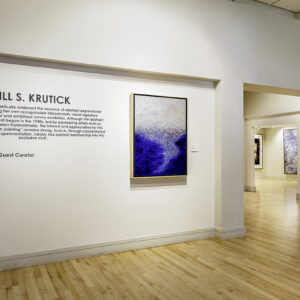
:sharpen(level=1):output(format=jpeg)/wp-content/uploads/2024/05/The-Art-Lawyers-Diary-1.jpg)
:sharpen(level=1):output(format=jpeg)/wp-content/uploads/2024/04/5-Questions-with-Bianca-Cutait-part-2-1.jpg)
:sharpen(level=1):output(format=jpeg)/wp-content/uploads/2024/05/20231208_164023-scaled-e1714747141683.jpg)
:sharpen(level=1):output(format=jpeg)/wp-content/uploads/2024/04/header.jpg)
:sharpen(level=1):output(format=jpeg)/wp-content/uploads/2024/04/5-Questions-with-Bianca-Cutait-part-1-1.jpg)
:sharpen(level=1):output(format=jpeg)/wp-content/uploads/2024/03/5-Questions-with-Alaina-Simone-1.jpg)